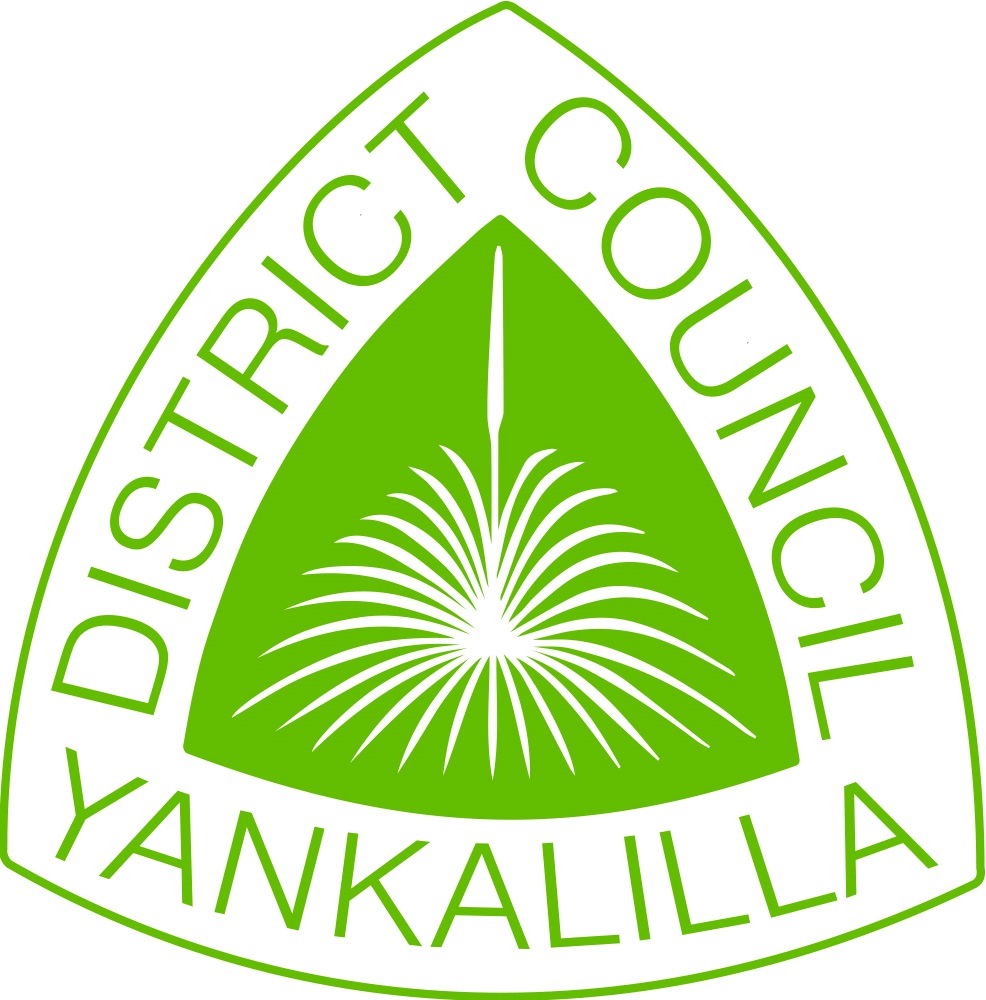Community Wastewater Management Schemes
The Council previously operated CWMS that services Yankalilla, some of Normanville, Myponga Beach shacks and a small sub-division in Second Valley. All wastewater systems connected to a CWMS require the installation of a septic tank for primary treatment of sewerage before connecting into SA Water infrastructure outside of the property boundary.
There are also sewer services for some areas in Normanville, Lady Bay and all of the Wirrina Cove residential areas. Properties serviced by a sewer do not require a septic tank to be installed.
All wastewater systems connected to either a CWMS or a sewer require Council approval in accordance with the Public Health Act 2011 prior to connection to SA Water infrastructure.
Onsite Wastewater Application Form (211 kb)
(211 kb)
Types of Onsite Wastewater Systems
Septic Tank and Soakage System
This system works by the initial treatment of wastewater in the septic tank and this ‘semi-treated’ wastewater is then directed to underground trenches that rely on the water to be absorbed into the soil. The minimum size septic tank for a 6 person dwelling is 3000 litres and the size of your soakage system is dependent on the soil type on your allotment. A Wastewater Engineer will need to undertake soil testing and prepare a report outlining whether the soil is suitable for a soakage system on your allotment and the area that is required. Some soils such as clay aren't suitable for soakage as the water doesn't soak away adequately and you may need to look at alternative options. The septic tank needs to be desludged every 4 years to prevent solids entering the soakage trench which can lead to an early failure of the system.
Aerated Wastewater Treatment Systems (including sand filter systems)
Aerated Wastewater Treatment Systems, or Aerobic systems pump air through the wastewater to assist biological breakdown then treat the wastewater with chlorine so that it can be used on your garden area. The system needs to be checked quarterly by an approved servicing contractor to refill the chlorine and to ensure the pumps and aerators are working. A copy of these reports must be provided to Council. Please note: Owners are not permitted to undertake their own maintenance.
A significant amount of irrigation area is required for these types of systems which must be landscaped and marked with a ‘reclaimed water – not suitable for drinking’ sign. A Wastewater Engineer will need to undertake soil testing and prepare a report that outlines the size of the irrigation area.
Note: Aerobic water can only be used on dedicated landscaped garden areas and cannot be used on any lawned areas or vegetable gardens.
Installation of Alternative Wastewater Systems
There are a number of alternative wastewater systems that can be installed in accordance with AS/NZS 1547 such as the composting toilet, reed bed systems, ETA trenches, Wisconsin mounds and other hybrid alternatives, which are now able to be approved by Council. These are listed on the application form.
These sorts of systems will still require a Wastewater Engineer to prepare a report outlining the soil profile of your allotment and the suitability for that wastewater system to operate on your allotment.
Renovating your house?
It is a requirement that an Application for Wastewater Works Approval must be lodged for any alterations to wastewater systems, including additions such as ensuites, upgrades or changing placement of irrigation areas. When lodging your Application for Wastewater Works Approval, please clearly illustrate which components of the system are existing and which are forming part of the new application. This makes for a seamless assessment and approval process and ensures that your application is approved with a minimum of time delays.
Why do Septic Tanks Fail?
A failing onsite septic system is expensive to replace as well as being a health risk for your family and the community and may be causing harm to the environment.
Many older systems may be failing without their owners realising it, however they can be made to work more effectively with some practical maintenance and a bit of additional care.
The septic tank is a living ecosystem where bacteria breaks down sewerage into a liquid effluent and like any living system, it can become sick if it is flooded, poisoned with chemicals or not looked after adequately.
Signs that there is a problem with the septic tank include an offensive odour from the vent on the house or on the soakage trench and often toilets or drains that are slow to clear or keep backing up.
The disposal of the liquid effluent is traditionally by way of a soakage trench below the ground and signs of potential problems ahead may include the ground above the trench is damp, soggy or water is pooling over the trench and often there is also lots of green grass growing downhill from the disposal area.
Over a number of years, the septic tank will acquire an accumulation of sludge, fats and grit that the bacteria can’t break down and this restricts the space available for efficient biological action as well as resulting in that material overflowing into the soakage trench, effectively rendering that portion of the trench unusable for effluent disposal.
If the septic tank has not been pumped out (de-sludged) in the past 4 or 5 years you should act quickly so that any damage to the soakage area does not get any worse by getting a licensed contractor to pump out the tank.
Other common causes of septic system problems include not using biodegradable detergents and bathroom products that can kill the bacteria in the septic tank. Allowing food scraps, cooking oil and fats to be flushed down the kitchen sink and not minimising the volume of water entering the entire system that could eventually reduce the lifespan of the soakage trench.
Related Links
Handy Hints to help care for septic systems
Factsheet - What is required for a complete Wastewater Works Application
